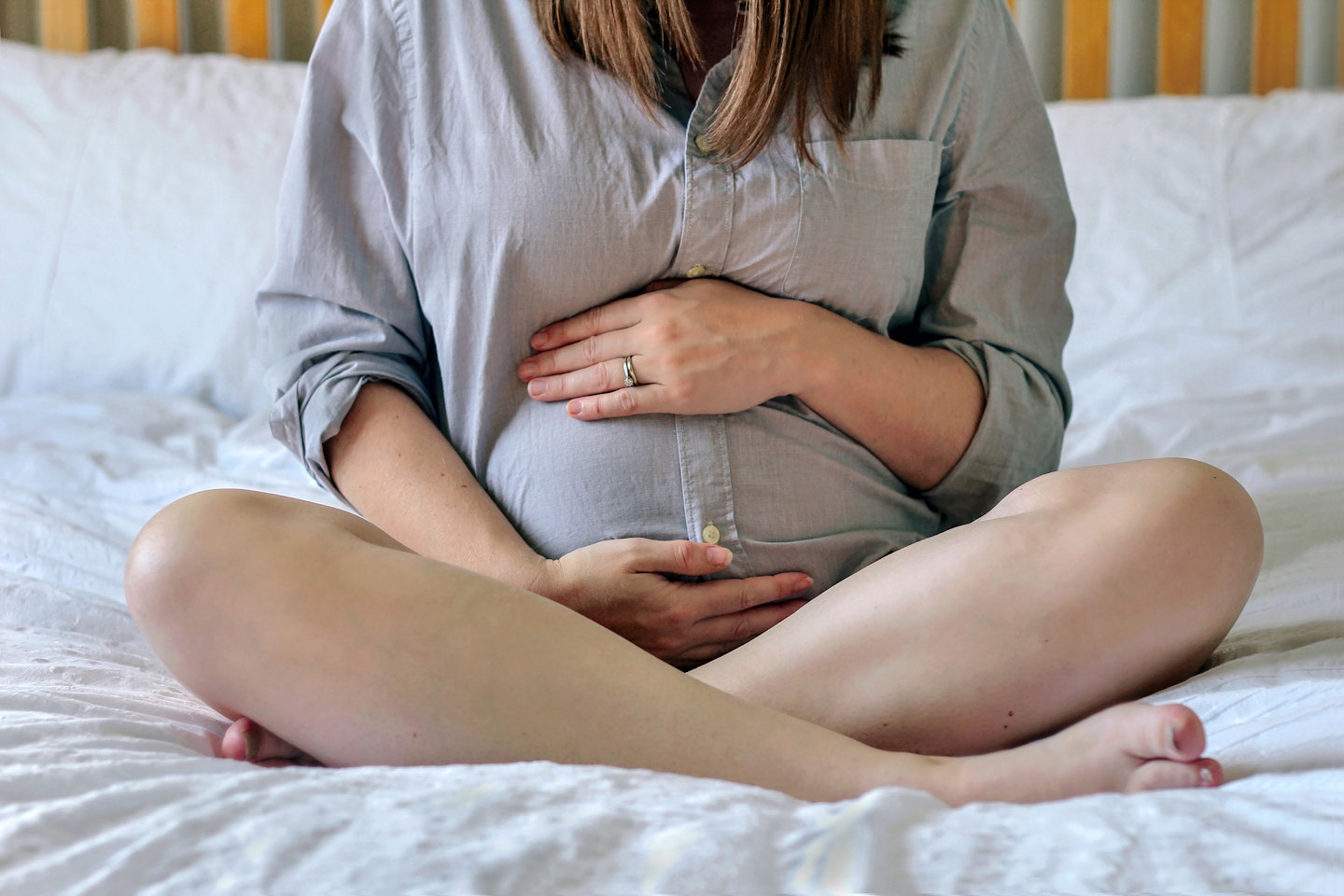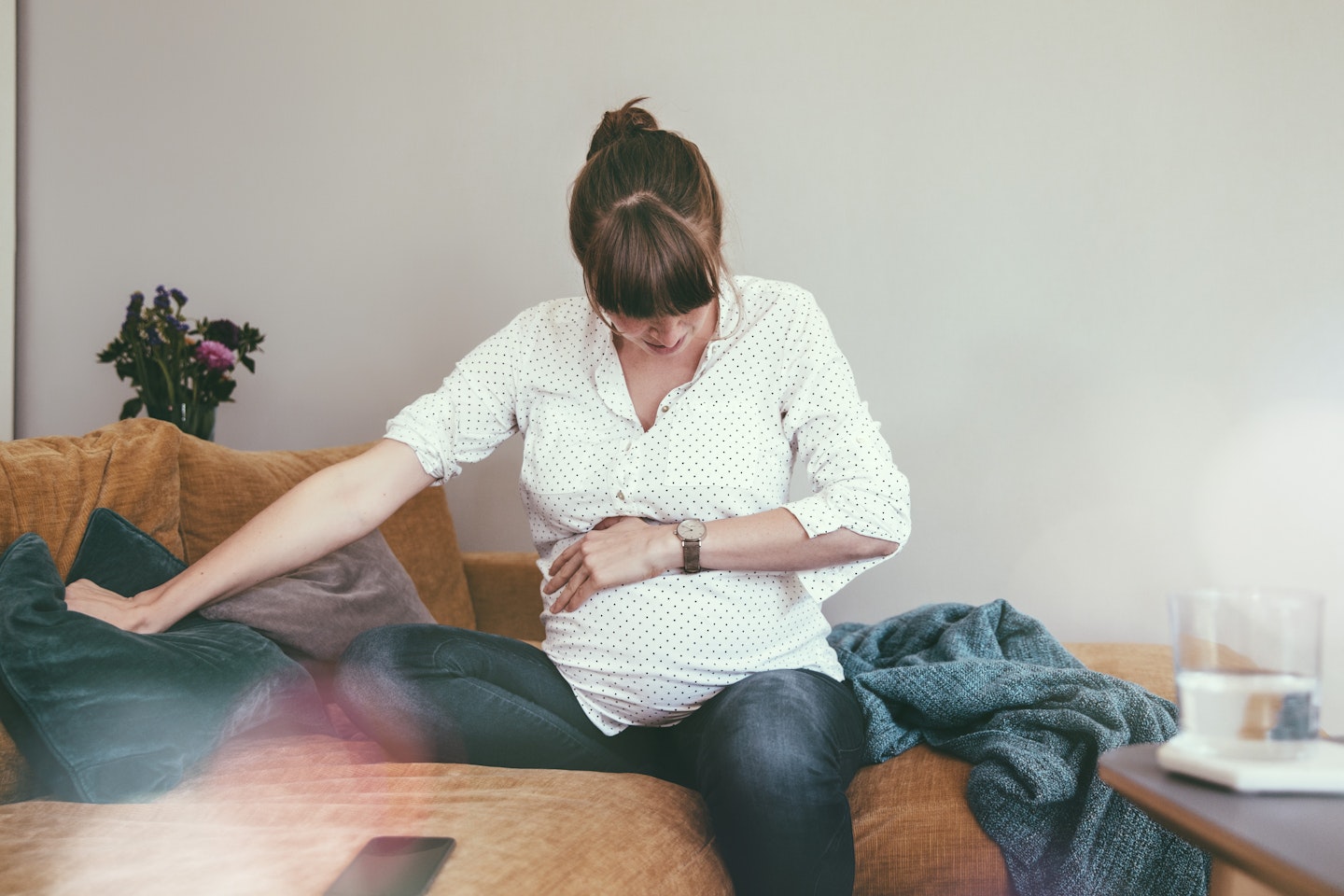So you’ve felt the first labour pains and know you need to rest up before heading to the hospital. Could a snooze be your energy secret for birth?
Unlike what you see in most TV shows, the first stage of labour is often a little boring. So rather than a big gush of water in the supermarket followed by a mad dash to the hospital, chances are you’ll get niggling cramps that become stronger or your waters will slowly trickle out while you’re watching TV. So, what next?
‘If you’ve had a healthy, straightforward pregnancy then it’s fine to stay at home initially,’ says Mary Steen, a professor of midwifery at the University of Chester. ‘In fact, studies show that staying at home in the early stages of labour can actually result in a shorter labour with less chance of intervention.’
This is because you’re in your own environment and can relax more, rather than a brightly lit, busy hospital surrounded by unfamiliar people and noises.
However, if your waters break, call the delivery suite as they may want you to come in so they can check your waters. And go in any time you feel you need to.
‘Listen to your body and if you feel you can’t cope with the pain or your instincts are telling you to go in then do it,’ says Professor Steen. Otherwise, stay home, call your partner and… then what?
Early labour coping strategies

Early labour often feels like waves of period pain or lower backache. Depending on how strong it feels, take one or two paracetamol and rest.
If you can sleep through your early contractions even better, as you’ll get some much-needed rest to prepare you for birth and while you’re asleep your cervix will start to dilate.
Other ways to relax

If you can’t sleep, take a bath. Warm water often takes the edge off contractions and it will help relax you. Only do this if somebody is with you and can help you out of the bath afterwards. Take a plastic jug in with you and pour water over your bump.
A warm hot water bottle (make sure it’s not too hot) on your lower back can help – get somebody to hold it in place. Potter about as much as you can as being upright and walking around will help jiggle the baby into place and help your cervix dilate. Or get your partner to massage your lower back, feet or shoulders – anything to relax you.
When your contractions are about five minutes apart and lasting 40 to 60 seconds, call your delivery suite to tell them you’re on your way. ‘Just remember that each contraction is a step closer to holding your baby in your arms,’ says Mary.
Meet the expert: Mary Steen, a professor of midwifery at the University of South Australia.
